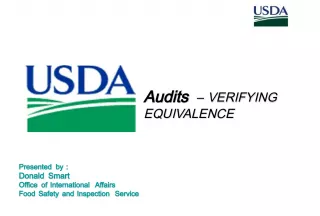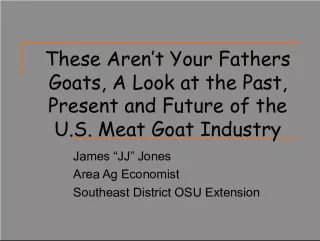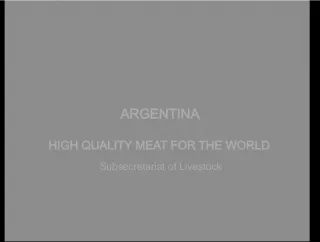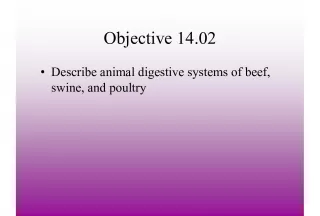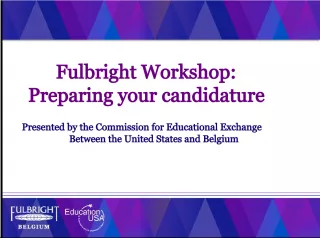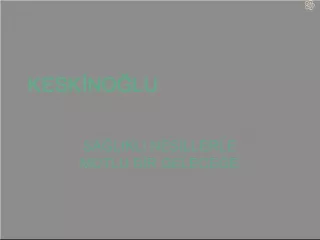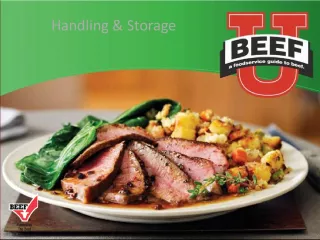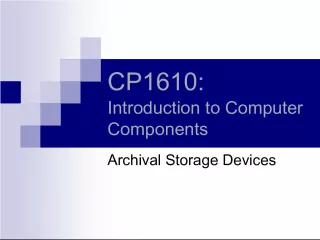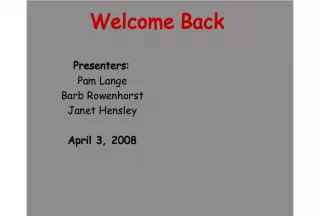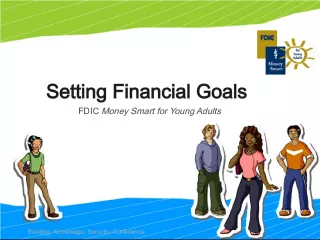"Meat, Poultry, and Seafood: Purchasing, Storing, and Preparing"


This chapter covers everything related to meats, poultry, and seafood. In particular, it focuses on the purchasing process, different cuts
- Uploaded on | 1 Views
-
 arthurjones
arthurjones
About "Meat, Poultry, and Seafood: Purchasing, Storing, and Preparing"
PowerPoint presentation about '"Meat, Poultry, and Seafood: Purchasing, Storing, and Preparing"'. This presentation describes the topic on This chapter covers everything related to meats, poultry, and seafood. In particular, it focuses on the purchasing process, different cuts. The key topics included in this slideshow are . Download this presentation absolutely free.
Presentation Transcript
Slide1Meat, Poultry, and SeafoodChapter 8
Slide2Purchasing, Storing, and PreparingMeats Meats refer to beef, veal, lamb, mutton, and pork Poultry refers to chicken, duck, goose, guinea, squab, turkey, or any domesticated bird raised to eat
Slide3Purchasing Meats Meats available from whole carcass to portioned servings Storage-refrigerators and freezers Employee skills Cost- unit cost and labor
Slide4Grading Scales United States Department of Agriculture (USDA) Quality grades Beef: Prime Choice Select Standard Commercial Utility Cutter Canner
Slide5Veal Prime Choice Utility Standard Lamb Prime Choice Good utility
Slide6Storing Meats Store loosely wrapped in air- permeable paper (refrigerated) Store tightly wrapped for freezer storage Keep meats separated
Slide7Butchering Meats Cattle butchered for beef are quartered Fore quarters Hind quarters Cattle 1 day to 15 weeks are halved Considered veal Hogs are halved Only in “HOG ONLY” shops
Slide8Sheep under one year old is considered lamb Older considered mutton Both cut directly into primal cuts Primary divisions of meat after initial butchering
Slide9Beef Primal Cuts
Slide10Pork Primal Cuts
Slide11Lamb Primal Cuts
Slide12Meats must be aged between 48-72 hours to allow muscles to relax Fabrication is cutting primal cuts into usable portions Trimming is getting meat ready to cook Tying a roast-even cooking Silverskin removed from tenderloin Butterflying- cut and split
Slide13Special Cuts Medallions or Noisettes Small, round cuts of tenderloin Scalloped Thin, boneless, lightly pounded Emince’ Thin strips made to sauté
Slide14Other Meats Offal meats- organ meats Sweetbread (thalmus gland) Liver Tripe Heart Brain Game meat- wild animals Deer, wild boar, moose, elk
Slide15Kosher Slaughtered to comply with Jewish dietary laws Only beef / veal fore quarter Poultry Some game NO HOGS
Slide16Purchasing, Storing, and PreparingPoultry Poultry refers to chicken, duck, goose, guinea, squab, turkey, or any domesticated bird raised to eat Can be purchased: Fresh or Frozen Whole or Pieces Bone in or out Ground
Slide17Grading Depending on shape ratio of meat to bone Hair / down, feathers Broken bones /cuts USDA A USDA B USDA C
Slide18Storage Wrapped loosely Refrigerated between 32°F and 36°F
Slide19Trends and new interest inpoultry Free Range Birds Game birds – partridge, pheasant, squab, duck, goose, and quail Once only hunted for sport and food, now raised in a fashion similar to free range birds
Slide20Fabrication Keep all trim for other uses Tools: Clean work area Boning knife Chef’s knife Disjointing Boning Trussing
